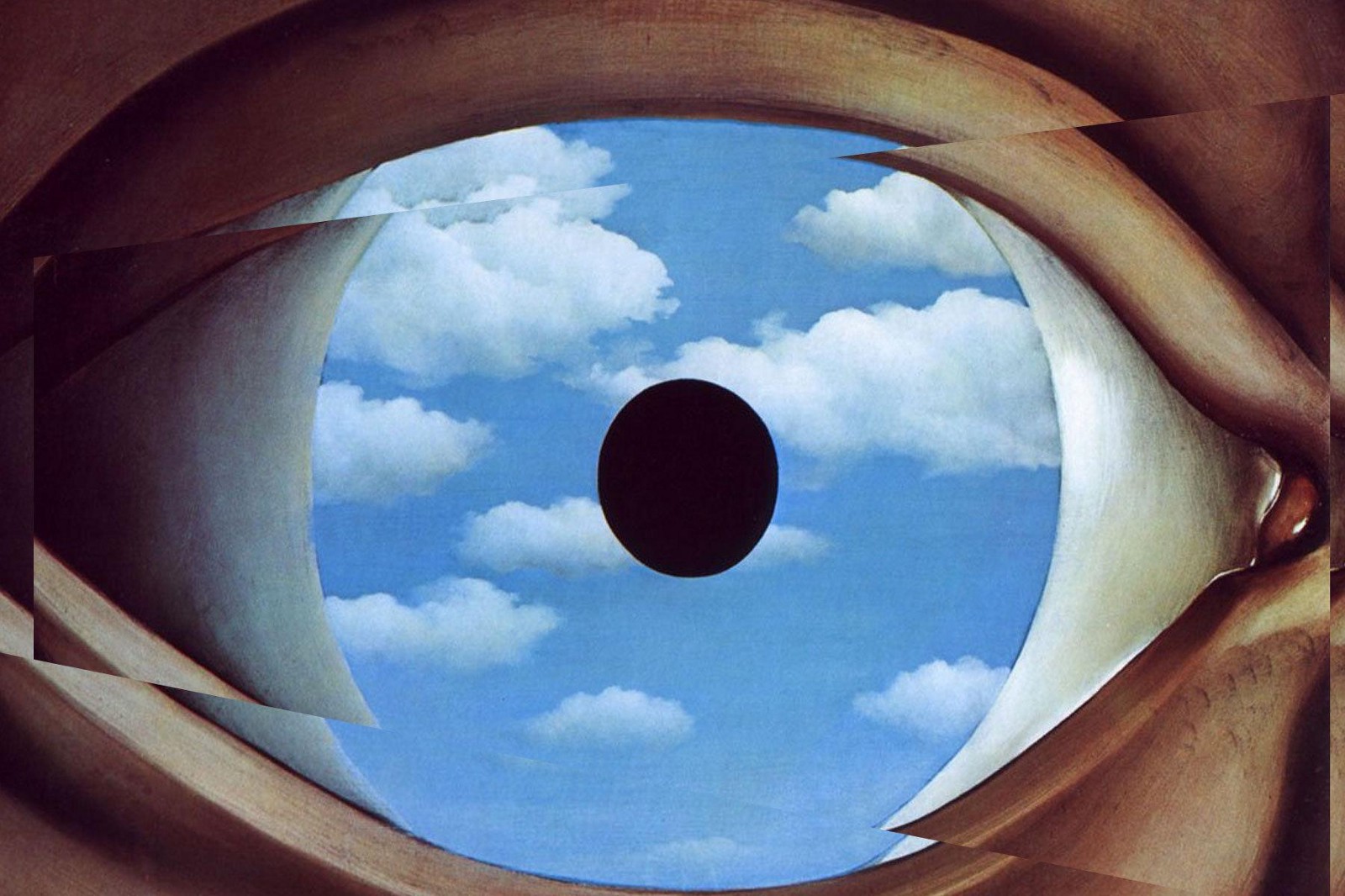Perceptual Illusions Magicians are sometimes called masters of illusion because they can make us “see” things that aren’t really there, like rabbits coming out of hats or cut ropes joining back together, Psychologists have a special interest in perceptual illusions instances in which perception and reality do not agree—not only because of their intrinsic fascination but because such illusions can help us co understand the process of perception. In perceptual illusions, the mental corrections that usually ensure accurate perception instead lead us astray.
Examples of Perceptual Illusions In Psychology
In everyday life we rarely encounter illusions that trick our perceptions as dramatically as these. Our perceptual abilities function well in normal circumstances and give us a quite accurate picture of the world. But there are times when perceptual illusions can be dangerous. One of the reasons that there are so many collisions between trains and cars at train crossings—as many as 8,000 each year in the United States—may be an illusion involving the perception of motion.
Rail Road locomotives are a lot larger Chan automobiles. And studies have shown that people tend to perceive large objects as lumbering along more slowly than smaller objects. (That’s why we tend to perceive jumbo jets as landing more slowly than smaller jets, even though they really do not.) As a result of this “size-speed illusion,” motorists approaching train crossings may think that the train is coming more slowly than it really is. These mis-perceiving motorists may then decide that they can make it across the tracks before the train arrives, even when there is not enough time to do so.
On a brighter note, we may also be able to take advantage Of perceptual illusions in order to prevent accidents. Gordon Denton (1980) was concerned about the high rate of accidents on highway “roundabouts” in England. To drive safely through these tight traffic circles, drivers must slow down. Many drivers don’t slow down enough, and accidents occur. Denton’s approach to accident prevention was to trick drivers entering roundabouts into thinking that they were driving faster than they really were. He had a series Of parallel stripes painted across the highway near The entrance to roundabouts.
The stripes were spaced more and more closely as the entrance to the roundabout drew near. As a result, motorists approaching the roundabout saw the stripes starring to pass by more quickly and were fooled into thinking that they were speeding up. Denton found that the scheme worked: the motorists slowed down, and the accident rate at most of the roundabouts decreased. As Robert Sekuler and Randolph Blake (1990, p. 263) write, “It’s nice to know that illusions of motion perception can save lives as well as take them.”
Perceptual illusions in psychology are fascinating phenomena where the perception of reality is distorted. These illusions can be broadly categorized into different types, each demonstrating a unique aspect of how our sensory system can be deceived. Here’s a guide in tabular form to help you understand some common types of perceptual illusions:
| Type of Illusion | Description | Example |
|---|---|---|
| Optical Illusions | Visual tricks that deceive the eye and brain. | Müller-Lyer illusion (lines with arrows). |
| Auditory Illusions | Sound illusions that trick the hearing. | Shepard Tone (seemingly endless rising tone). |
| Tactile Illusions | Illusions involving the sense of touch. | Phantom limb sensation in amputees. |
| Olfactory Illusions | Rare, but involve misleading sense of smell. | Smelling a familiar scent that isn’t there. |
| Gustatory Illusions | Illusions affecting the sense of taste. | Miraculin (makes sour foods taste sweet). |
| Multisensory Illusions | Involve simultaneous input from multiple senses. | McGurk effect (integration of visual and auditory information). |
Each type of illusion provides insight into how our sensory systems work and how they can be influenced by various factors, including context, expectations, and prior experience. Understanding these illusions helps in studying perception and cognition in psychology.
Conclusion
Perceptual illusions in psychology are windows into the fascinating world of the mind. They challenge our understanding of perception, uncover the intricacies of sensory processing, and highlight the biases that shape our cognition. By embracing the mysteries of perceptual illusions, we gain unique insights into the complexity of human perception and cognition. So next time you encounter a mind-bending illusion, take a moment to marvel at the wonders of the human mind and its ever-evolving quest to unravel the mysteries of perception.
